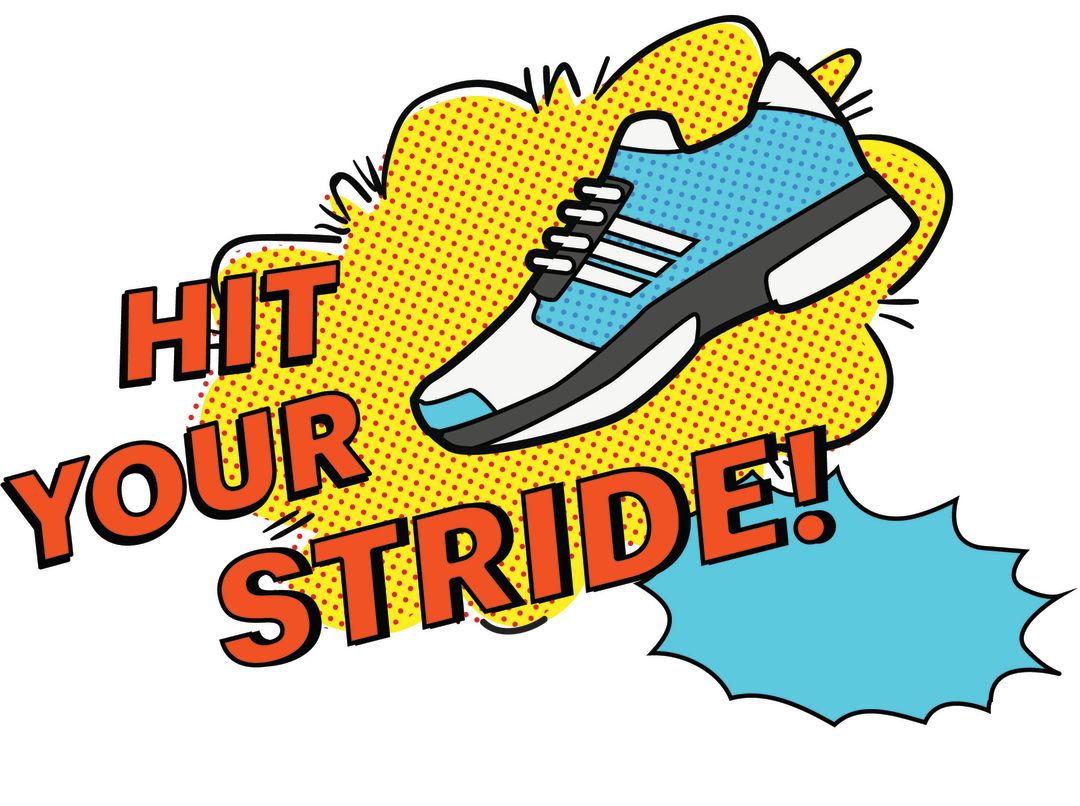How to Pick the Right Running Shoe

Image: Jen Wick
Off-kilter running shoes can mess up your knees, hips, and back, and, basically, your body. But the quest for a new pair can detour into a blank stare at a massive wall of choices. Luckily, there’s another way. Daniel McDuff, of the venerable Portland company Foot Traffic, shares a few simple, uh, steps.
1. Know your gait. “We can narrow footwear down from the 60 pairs that we have on the wall to three or four that are appropriate, based on foot strike type,” McDuff says. The process is simple: you’ll walk on a treadmill for about a minute while a pro at one of Portland’s dozen or so specialized running-shoe shops films your steps. The expert then reviews the footage, looking for pronation (shifting inwards) or supination (shifting outwards) in the ankle joint.
2. Say no to insoles. Many modern shoes, especially “natural fit” models, offer a lot of sole flexibility, which can lead to arch discomfort and even injury. If you’re experiencing arch pain, try switching to a more rigid sole rather than slipping in an insole. “Putting an insole in there changes the geometry of the shoe, changes how it flexes,” McDuff says. “So unless there’s plantar fasciitis or a really high arch, I don’t like to stick someone in an insert.”
3. Drop it like it’s hot. “Drop” refers to the difference between heel height and toe height. Standard shoes have 12 millimeters of drop—in other words, they’re notably higher in the heel. Many newer, minimalist-influenced shoes have only 4 mm of drop, and others are completely flat, or “zero-drop.” Try on a pair of each.
4. Consider minimalism. The barefoot running craze flared out years ago, but its minimalist influences live on. “Zero-drop encourages a midfoot strike, which is a little more natural, rather than a heel strike,” McDuff explains. In addition to zero-drop shoes, many newer models have much wider fits, which also allows the foot to behave more naturally when striking the ground.
But before you invest in “natural” kicks instead of a standard set, take note: people prone to calf injuries or plantar fasciitis often require serious strengthening and flexibility exercises before using minimalist footwear.
5. Go wild! “Go with whatever your instincts tell you to go to,” McDuff says of the all-important test run. “Whatever shoe you notice the least is going to be much better five or six miles into the run.” Just don’t get too hung up on aesthetics. If you find a super-comfy but totally hideous shoe, most styles have many color options that the retailer can order for you.




